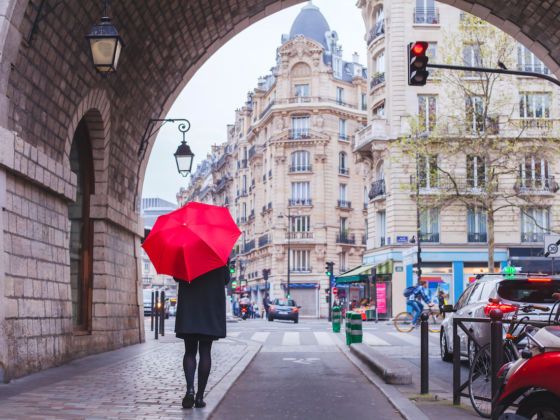There are really two types of walkers: those who are just looking to get from place to place, and those who are looking while going from place to place.
Although Walter Benjamin would turn flânerie into a scholastic pursuit in the 20th-century, it was Charles Baudelaire who first established the idea of the flâneur. A flâneur, literally meaning a “stroller” or “saunterer” in French, is someone who falls into the second category. He is an urban explorer, a street connoisseur, a person who walks as a means to reflect on a city’s history, and, as a writer carries his pen, the flâneur carries a deep knowledge about industrialization, architecture, and urbanity with him everywhere he goes.
